Self-Build Budgeting: Where to Spend & Where to Save
Whatever funds you have available for your project, the biggest risk for any self-build or renovation is that money will run short before completion. Using your pennies inefficiently by spending in the wrong places is a common catalyst for diminishing finances.
Most sensible budgets will have some room for manoeuvre (ie a contingency), but splashing out on one area of the scheme will mean that less will be available elsewhere, so understanding where to invest will help to make your money go further.
Individual requirements
Knowing where and where not to spend will greatly depend on your personal priorities. However, certain elements of a house will benefit more from high spec materials – and thinking about whether an area of your scheme has a big impact on the overall appeal and efficiency of your home is a good place to start.
Once you have mapped out how much you can afford, the next step is to identify which aspects of the property are most important to you. Doing this will help you to highlight your priority spending zones.
The last places to skimp on should be the components that will be difficult or almost impossible to change once in situ. These are likely to be structural features, which may also have an impact on the kerb appeal of the dwelling, as the finished look of a house will depend greatly on the materials chosen.
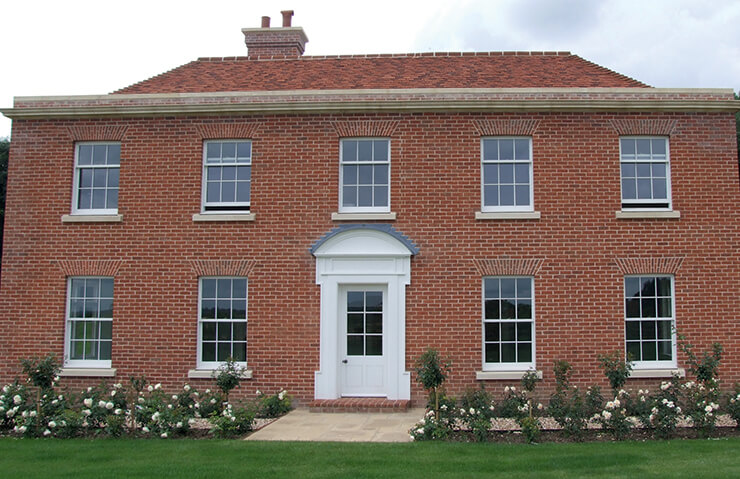
Bricks are an element that are tricky to change once in situ, so it’s worth investing in a product that will bring real kerb appeal to your home. These Plumstead Antique handmade units by Northcot Brick start from £895 per 1,000
Spend now, save later
Some things that are cheap to integrate during your home’s construction are very expensive if you try to add them later on. For example, fitting underfloor heating pipework is a straightforward exercise before the final floor construction is completed, and doing so will offer great long term energy efficiency and thermal comfort.
You may feel reluctant to invest heavily on elements of the building that are essentially invisible once work has finished. Plus, some parts of the construction (such as the foundations) are already subject to technical requirements, so increasing their quality is pointless because it will have no real effect on the overall performance.
However, there are areas where spending a little more money can have a number of hidden benefits. For example, increasing the thickness of insulation above the minimum requirements is inexpensive, and will pay dividends throughout the life of the building due to the consequent reduced heating costs.
It may not be obvious to visitors, but it certainly will have an impact upon your energy bills. The same goes for picking windows and external doors with better U-values, and opting for a heating system that will cater for energy-saving enhancements at a later date, such as solar panels.
Top tips for clever spending
|
Pleasing aesthetics
Facing bricks will have a big effect on the overall appearance of a property, so choosing the cheapest solution might be a false economy. Your final decision is irreversible, and a disappointing appearance may not be apparent until the walls are built, so it’s worth investing some time viewing houses where your chosen brick has already been used.
A similar argument can be made for windows, external doors and roof coverings because they can greatly alter the look of a property and can be expensive to replace.
If you want to use your money to create an impressive aesthetic result, then spend it where it can be seen. A large hallway and galleried landing filled with daylight, creative artificial lighting and high-quality flooring will dazzle visitors, who may never see the more modest decor upstairs.
Making sure the look of your home stands up to the changing trends is one thing, but ensuring the building fabric offers durability and longevity is essential.
Good quality external render and decorations, plastic fascias to the edges of roofs, decent double glazed units, extra access points for above and below ground drainage, smoothly working window ironmongery and durable floor finishes are all elements that will help to make the house cheaper to maintain for longer.
Saving pennies
The other side of budget management is minimising expenditure for aspects of the building that are less important to you. Reducing quality or cutting out features to make savings is tough, but it’s important to face up to this challenge as early as possible – preferably at the start of the design stage.
Bear in mind that this doesn’t have to mean giving up on some of your favourite ideas forever, as these could be reinstated at a later date, when worrying about budgeting accordingly is no longer a priority.
One of the easiest places to save is in the kitchen and bathrooms. Estate agents are correct when they say that these rooms are a main selling feature of a house, but if you want to use your finances wisely, these are ideal areas to maximise your budget.
The better quality fittings are more expensive; however, basic products are cheap, will save you money and perform adequately until you can afford to invest in luxury at a later date, if you wish.
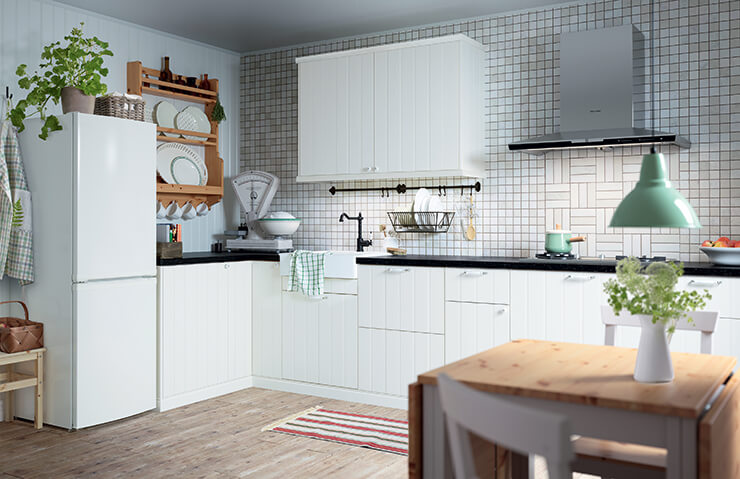
Going bespoke with your kitchen could set your budget back, so it may be worth buying one of the many cost-effective options available on the market, such as this kitchen by Ikea, even if it’s just for the meanwhile
Surfacing is a key opportunity to save some pennies because there is a vast difference in price between affordable and high end. If you were hoping to tile your bathroom walls, it may be worth settling for a good quality paint that will stand up to the high humidity levels perfectly well in the meanwhile.
On the same note, opting for cheaper carpets instead of hardwood flooring is an alternative solution for savvy spenders.
Because openings for internal doors tend to come in standard sizes, this is another element that’s easy to update in the future. The difference in door prices is considerable, so many self-builders choose to start with low-cost units, gradually replacing them as time moves on.
Landscaping costs
It is sensible to have a garden scheme worked out, but as the natural world develops at a much slower pace to house construction, the landscaping offers the perfect opportunity for major savings.
Some self-builders take years to complete their planting, but this is an enjoyable hobby for those with particularly green fingers.
By all means obtain planning permission for garages and outbuildings, but remember these can easily be deleted from the scheme with little effect on the finished look of the property itself. Most garages are used for storage rather than hosting cars, so rather than forking out for a grand vehicle port, consider opting for a temporary storage facility in the form of a lock up container.
Main image: High-quality doors, such as these triple-glazed versions from Centor, could be a sound long-term investment
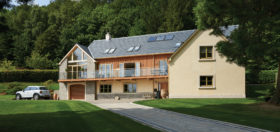
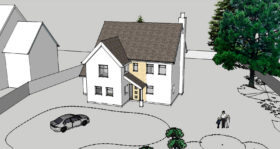






























































































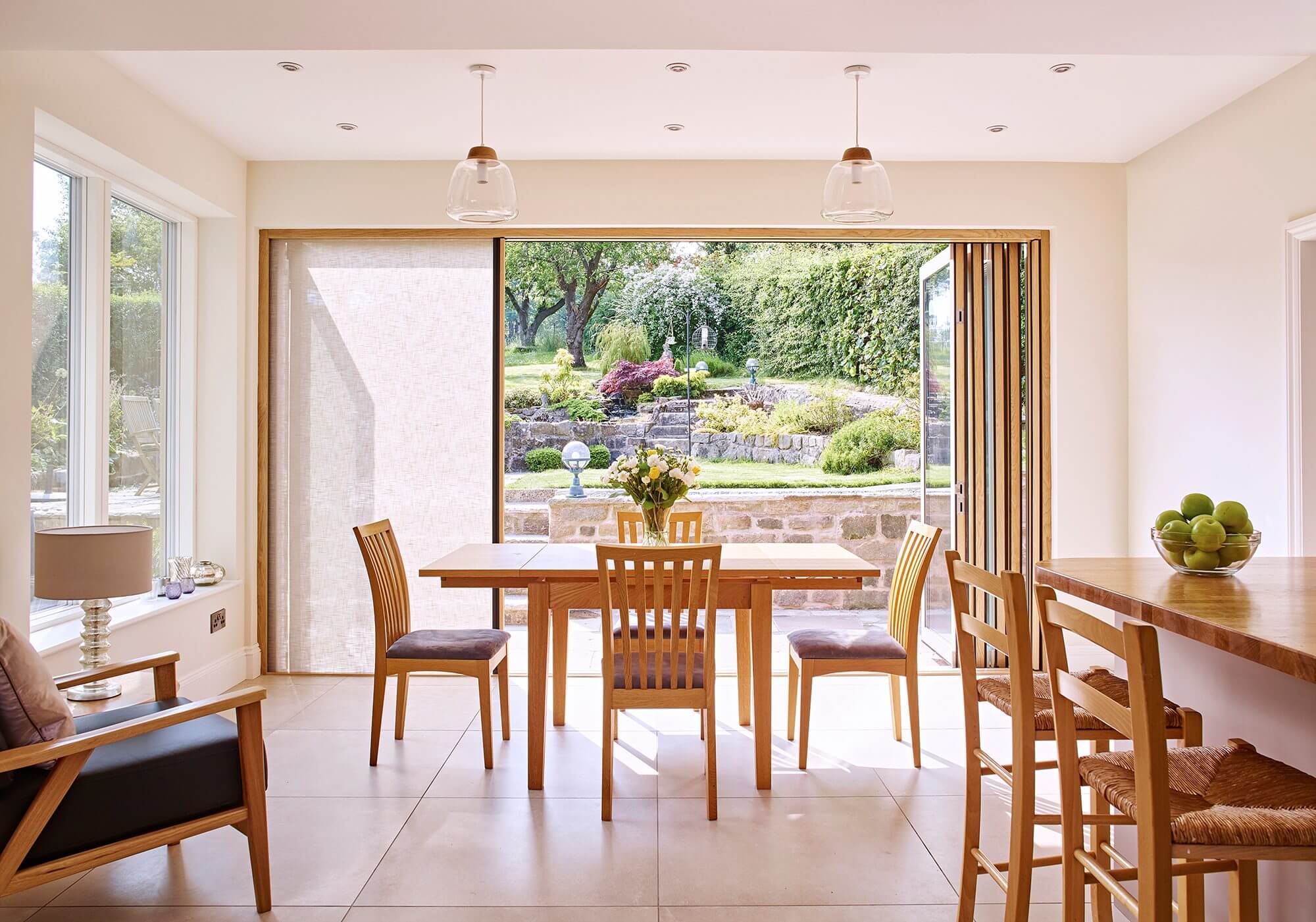
 Login/register to save Article for later
Login/register to save Article for later



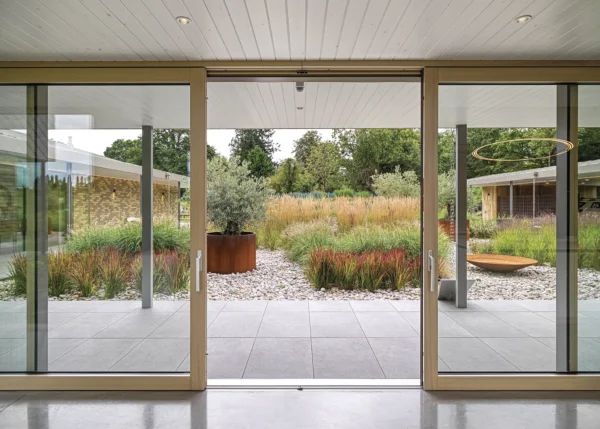

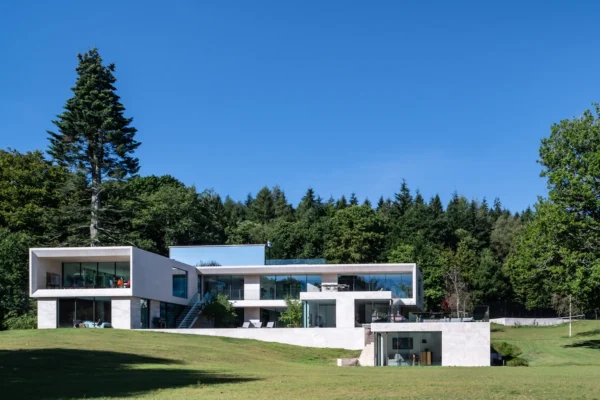
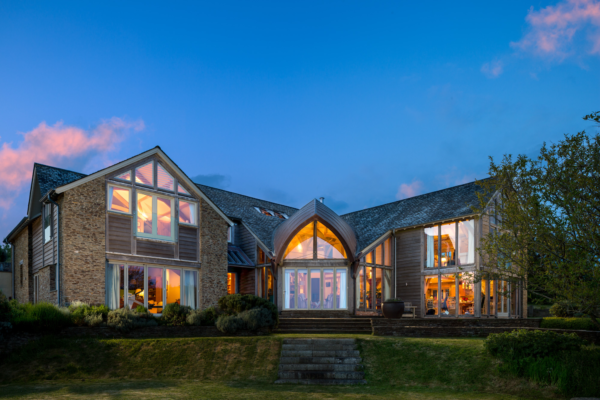
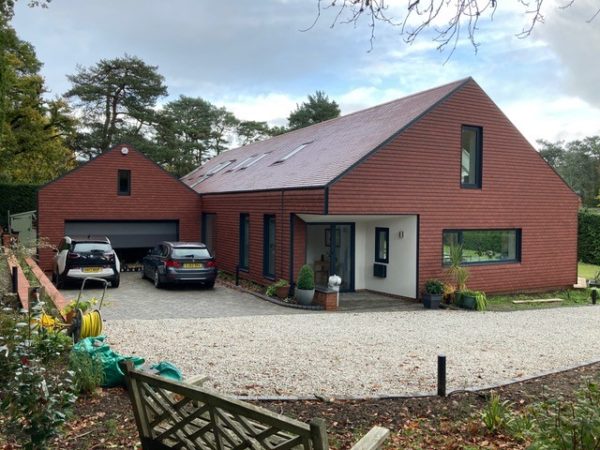




Comments are closed.